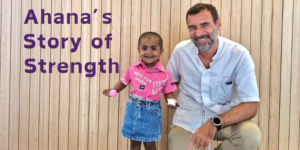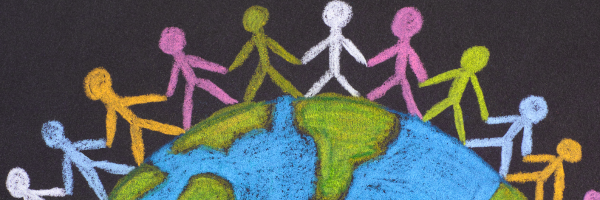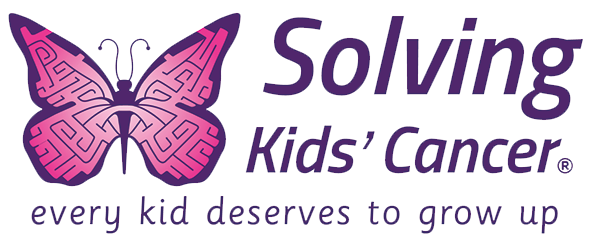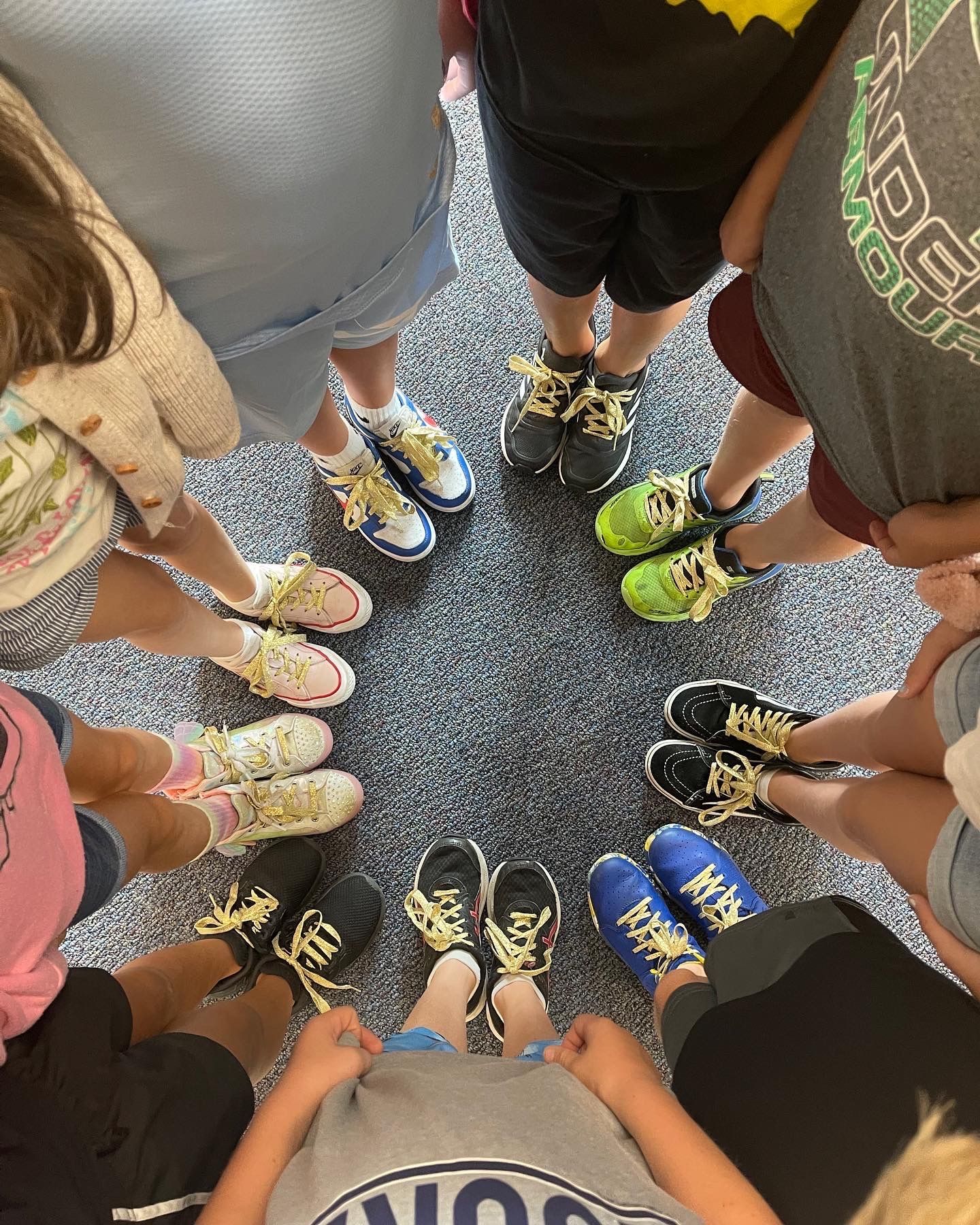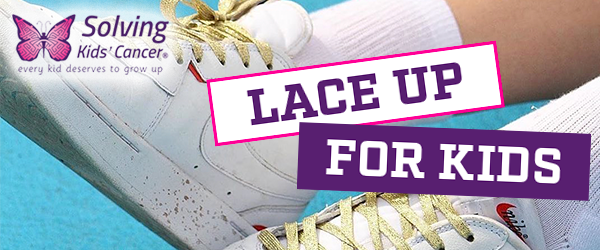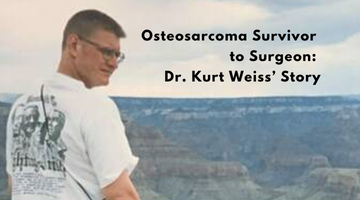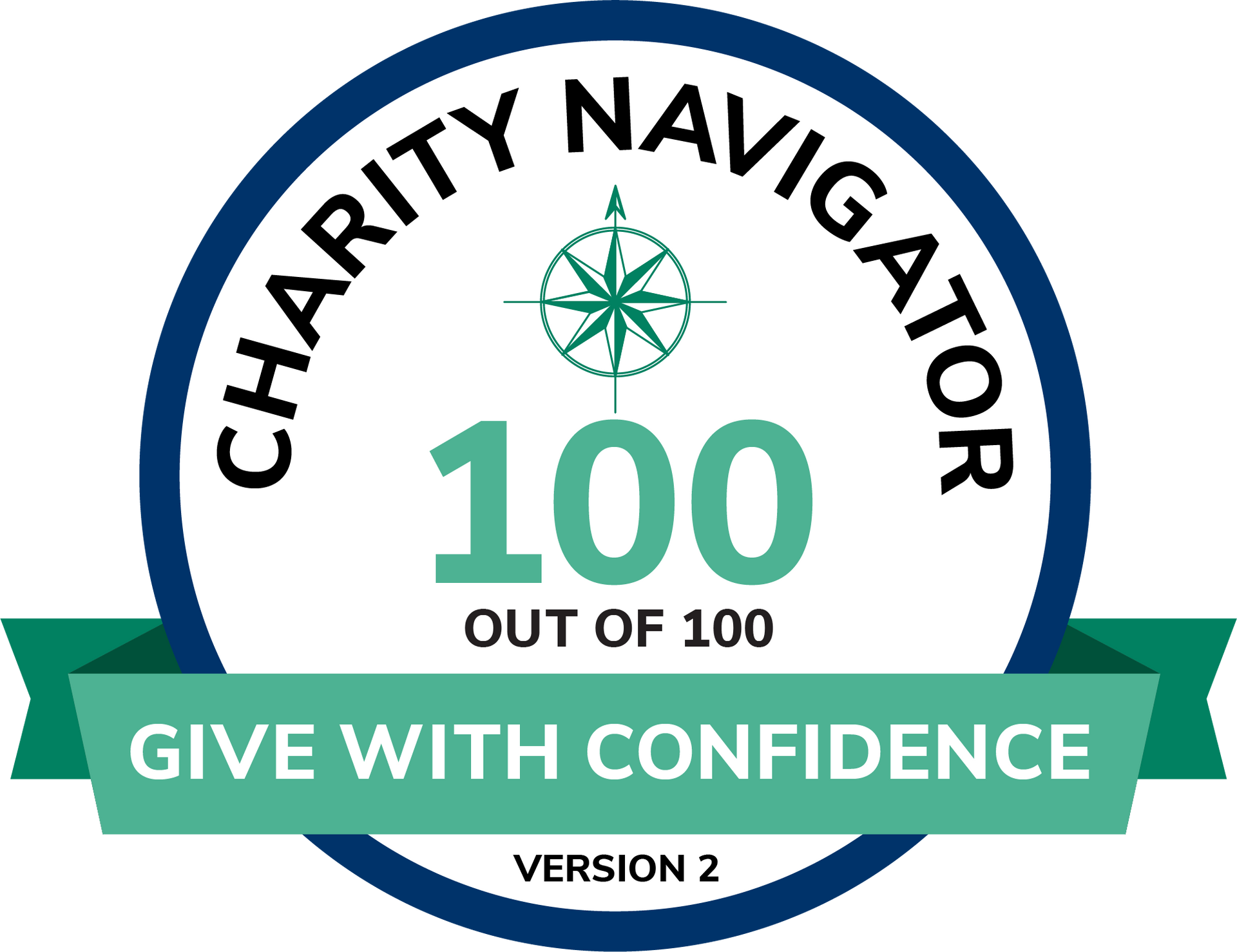Nanotechnology and the Future of Childhood Cancer Treatments
Cancer is one of the leading causes of death by disease among children,1 claiming the lives of over 100,000 kids each year worldwide.2 With the development of chemotherapy and other conventional pediatric cancer treatments, there has been a considerable rise in overall survival rates over the last 30 years, but the quality of life for many survivors remains low.
In fact, more than 95% of childhood cancer survivors will have a significant health related issue by the time they are 45 years of age; these health related issues are side effects of either the cancer or more commonly, the result of its treatment.1
Lasting effects of current therapies limit childhoods, put stress on families and impact health systems. However, an emerging scientific field, called nanotechnology, potentially holds the key to safer, more effective treatments with less side effects and improved quality of life for childhood cancer survivors.
What is Nanotechnology?
Nanotechnology is an interdisciplinary branch of science, engineering and technology that’s conducted at the nanoscale — meaning it harnesses unique properties of materials at the 1-100 nanometer scale (1 nanometer = one billionth of a meter).
Since the processes that develop cancer inside our bodies happen in nanoscale, nanotechnology uses scientifically-engineered nanoparticles — particles 100 to 10,000 times smaller than human cells — to treat diseases at this very tiny level. The nanoparticles’ small size allows it to effectively target the disease.
How Nanotechnology Might Revolutionize Childhood Cancer Treatments
Currently, the standard protocols for childhood cancer treatments involve chemotherapy drugs that are highly toxic. Since children’s bodies are growing and changing, cancer and its treatment are more likely to harm them.
Because the goal of chemotherapy is to kill fast-growing cancer cells, its treatment involves administering the maximum amount of the drug tolerated throughout the body, rather than targeting a specific area. As a result, it can also damage the patient’s normal cells, leading to long-term health problems for pediatric cancer patients.
Conversely, nanotechnology allows for more precise administration. Nanoparticles can be packaged with drugs and delivered directly where they’re needed. They also don’t release the medicine until they reach the cancerous cell. This allows for higher doses of the drugs to be used in the tumor to kill the cancer, while minimizing risk to the patient’s surrounding healthy tissue.
The Hurdles of Nanotechnology for Pediatric Cancer Treatment
Nanotechnology shows great potential in helping treat childhood cancer more safely and effectively, but there is too little research being done for its use in pediatric oncology. It is currently being applied to deliver some types of chemotherapy to adults, but it has to go through more testing to be able to be used in kids. To date, there haven’t been nanotherapeutic drugs developed specifically for children, because of a variety of hurdles, one of them being that the pediatric cancer treatment market isn’t as lucrative.
However, a biotech company called PEEL Therapeutics, is currently working on a revolutionary nanotechnology drug that will improve childhood cancer treatment and quality of life for survivors. Surprisingly, the key to that drug has something to do with elephants.
Elephants and Cancer Research
Did you know? Elephants don’t get cancer. This is what PEEL Therapeutics Co-Founder and CEO, Dr. Joshua Schiffman, MD, discovered with his colleagues when studying elephant genes over 10 years ago. A pediatric hematologist-oncologist, part-time Professor of Pediatrics and Investigator at Huntsman Cancer Institute at the University of Utah and a pediatric cancer survivor himself, Schiffman found that elephants have extra copies of the tumor suppressor p53 gene — a gene that some of his cancer patients had missing.
“We compared the blood of elephants to the blood of our patients and figured out that this elephant p53 was actually doing a tremendous job working even better potentially than human p53 at triggering cell death,” shares Schiffman.
PEEL Therapeutics is currently developing a nanotechnology drug using nanoparticles that deliver elephant cancer fighting proteins for cancer treatment. The company also picked up the SN22 nanoparticle work3 Solving Kids’ Cancer helped fund at Children’s Hospital of Philadelphia. It’s an exciting and fascinating scientific breakthrough that may change the future of childhood cancer treatments for patients, families and survivors.
To learn more about elephants and cancer research, PEEL Therapeutics, and the next steps for nanodrug p53, subscribe to This Week in Pediatric Oncology (TWIPO), Solving Kids’ Cancer’s podcast exploring hot topics and exciting advances in childhood cancer.
Subscribe to TWiPO:
